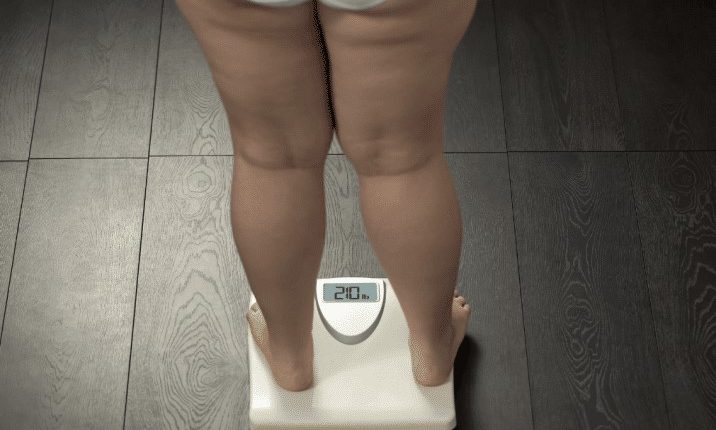
Lipedema: what it is and how to recognise it
Lipedema is often confused with obesity and cellulite, but it is a different and complex condition: it affects around 11% of the population, mainly women, and is still too underestimated
Because the main manifestation is the abnormal accumulation of subcutaneous fat, particularly in the legs, it is often confused with obesity or localised fat problems.
However, treating lipedema cosmetically or with restrictive diets does not bring any benefit: it is a complex disease with a hereditary-genetic component.
Let’s see what it is and how to recognise it.
How lipedema manifests itself
It is a progressive, chronic and disabling disease.
It is characterised, as mentioned above, by an abnormal accumulation of subcutaneous fat, probably of genetic origin.
It affects almost exclusively the female population, especially during puberty, pregnancy and menopause.
It is linked to hormonal imbalances, mainly of oestrogen.
The accumulation of fat is bilateral and symmetrical and is mainly located in:
- buttocks;
- hips;
- lower limbs (excluding the feet).
An abnormal increase in fat may also affect the arms, with the exception of the hands.
Lipedema: the symptoms
In addition to the obvious accumulation of fatty tissue, it is accompanied by
- pain when pressing the tissues, both at rest and when moving;
- tingling
- heaviness;
- presence of ‘orange peel’ skin;
- spontaneous bruising and ecchymosis.
How to distinguish lipedema from obesity
In the case of obesity, fat accumulation usually occurs proportionately throughout the body.
Lipedema, on the other hand, occurs only in certain areas of the body, with a rapid and sudden increase in fat.
This abnormal accumulation is not due to diet, but to an alteration of the adipocytes (the cells of the adipose tissue) and a consequent state of systemic inflammation.
Stages of the disease
The evolution of lipedema is classified into 3 stages:
- the skin has an unchanged appearance, but on palpation small, round, subcutaneous nodules are noted;
- the skin has irregularities and what is known as ‘orange peel’ skin. Subcutaneous nodules are larger, like a walnut, or even an apple. The patient feels pain and there may be bruising;
- the skin loses elasticity, the nodules grow even larger. Bruising is present and the patient feels tingling and has difficulty walking.
There is also a fourth stage, classified as ‘lipolymphedema’.
In addition to the symptoms of lipedema, there are also symptoms of lymphoedema, a clinical condition characterised by slowing or blockage of the lymphatic circulation in the lower limb(s), leading to an accumulation of lymph and increased volume.
Read Also:
Emergency Live Even More…Live: Download The New Free App Of Your Newspaper For IOS And Android
Obesity Nowadays – Does Managing Heavy Patients Put On Risk Heathcare Staff?
Lymphoma: 10 Alarm Bells Not To Be Underestimated



